Diving into 2016!
 January 11, 2016
January 11, 2016
The Hantu Blog kicked off its first dive at Pulau Hantu last weekend and were rewarded with lots of bizarre slugs and rare chance to see cleaner shrimp working on some fishes! Visibility was a challenging 1.5m but thanks to the keen eyes of our divers, even if they were new, everyone got to spot some cool critters, like this little fish hiding in a clam shell! 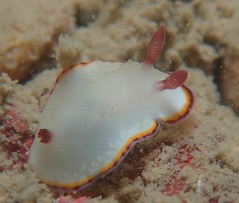

These two little nudibranchs look very similar. But the tiniest distinction sets them apart. Goniobranchus sinensis (left) has a thin pink/light-purple margin on its mantle, unlike Goniobranchus verrieri (right). It’s always a good idea to keep a photo of the things you see, and even if you think you have seen the same thing before, take a photo anyway! You never know what the trained eye may be able to pick up! Share you photos so that others can learn and discuss about the animals we have in our precious little reefs! 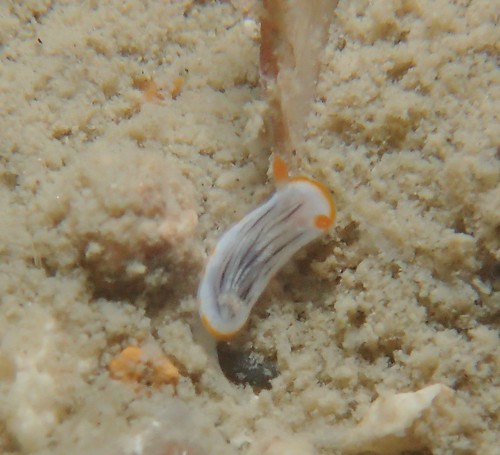
This unbelievably tiny Chromodoris striatella was spotted by Chay Hoon!
This mostly translucent Unidentia angelvaldesi could be easily missed by the untrained eye! 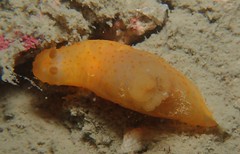
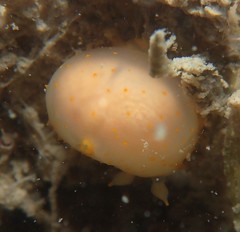
Once again, subtle differences differentiate Gymnodoris inornata (left) and Gymnodoris sp. (right).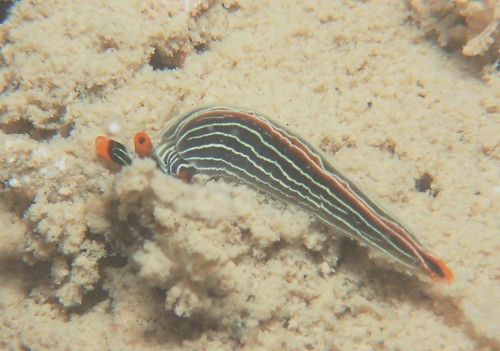
Thuridilla gracilis hides itself perfectly in the algae!
Tambja sp. are one of the adorable nudibranchs that we commonly encounter on our reefs. 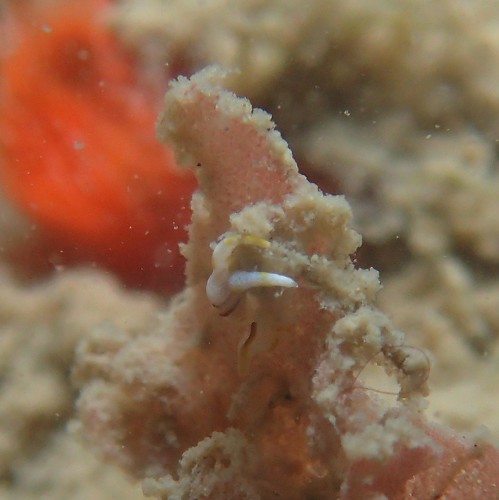
This bizarre creature with two long appendages on its head is the sea slug Noalda sp. Don’t really know what you are looking at? You’re not the only one! Find out more about this nudibranch and see another photo of it!
We’re not sure what this sea slug might be. Perhaps it’s Elysia obtusa? Whatever its name might be, it moves in the most bizarre way! Check out this video! 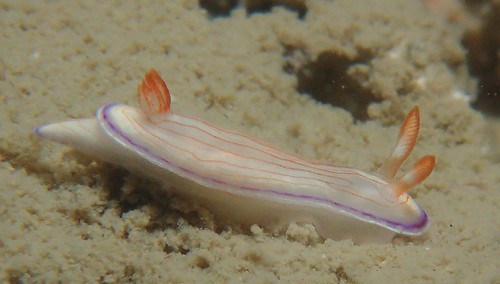
Hypselodoris sp.
Phyllidiella pustulosa is just one of many species of Phyllidiella that can be encountered in Singapore reefs! 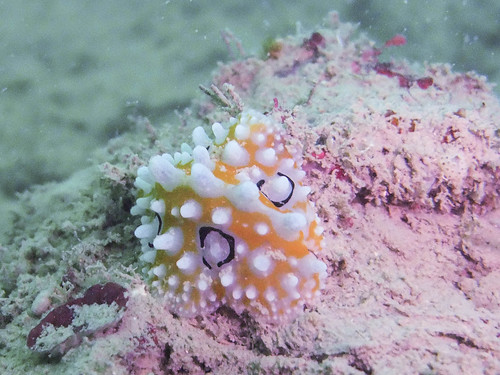 (above) Phyllidia ocellata
(above) Phyllidia ocellata 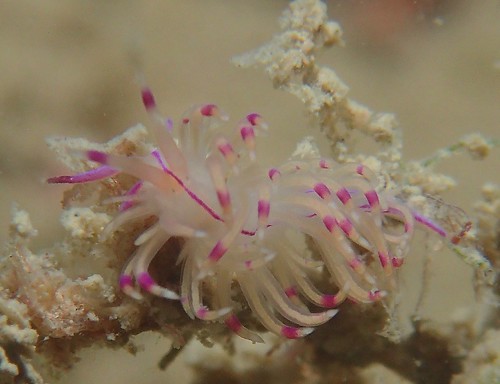
Unidentia angelvaldesi
This creature that looks like a tuft of algae is in fact the sea slug Placida sp. 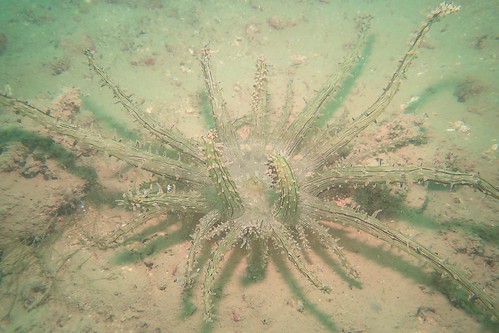
Haeckel’s Anemone is a rather creepy looking anemone that looks like it popped right out of science fiction! Ernst Haeckel was an early 20th Century German biologist, naturalist, philosopher, physician, professor, and artist who discovered, described and named thousands of new species. Haeckel promoted and popularised Charles Darwin’s work in Germany and his published artworks comprise over 100 detailed, multi-colour illustrations of animals and sea creatures, including this anemone!
Here’s a closer look at those anemone shrimp, also known as cleaner shrimp. This one looks like its gravid. Isn’t it amazing how crystal clear their bodies are?! To spot them, you have to look out for the opaque bits – like the pincers and tail. But being transparent doesn’t mean that it’s some flimsy, fragile thing that’s full of nothing. It’s body is is packed with invisible muscle. If you think that’s no big deal, consider that a twitch of these muscle fibres are powerful enough to set the shrimp jetting off several body length away from its original position. Not only do their muscles not contain any pigment, but how the muscle scatter light (rather, that they do not scatter light) also helps the shrimp maintain its transparency, and hence, camouflage – it literally looks like whatever colour its background is! Whatever its trick to remaining transparent might be, we know that it ceases when a shrimp dies. They soon become visible after death.
While we were taking photos of the cleaner shrimp, two Butterfly whiptails Pentapodus Setosus swam over and hovered above the anemone. Immediately, one of the cleaner shrimp jumped to the tail base of the larger whiptail. Can you spot it? The shrimp move extremely fast and the fish can be easily startled by flash when they are relaxed for their cleaning session. So we had to wait awhile for the next fish to come along after this photo was shot. 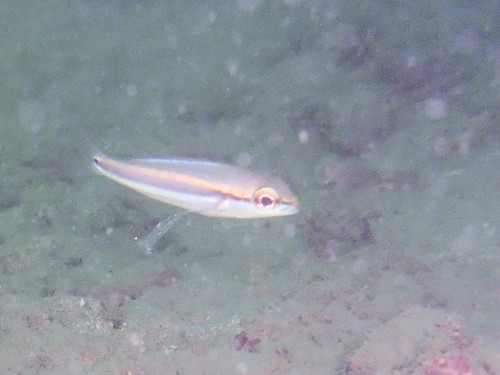
(Above) The smaller whiptail returns for a bit of cleaning. The shrimp begins to move away from this fish right as this photo was shot. 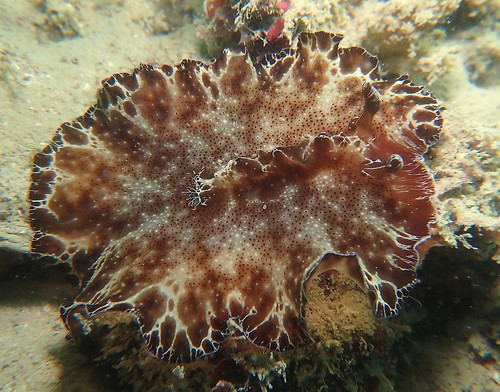
Back to easier things to photograph, here’s a Discodoris boholiensis that Chay Hoon spotted.
This black and white nudibranch on the pink sponge is a Jorunna funebris 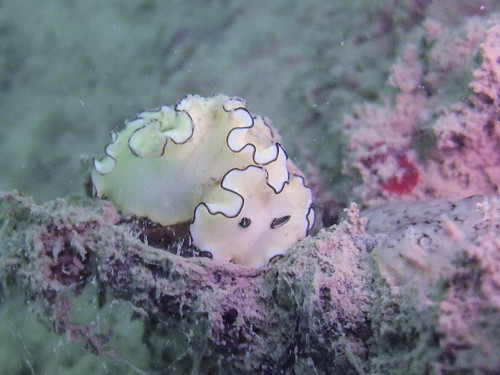
One of the most common nudibranchs on our reef, Glossodoris atromarginata. But we never tire of them!
Whip corals spiral naturally as they grow. If left undisturbed, they can grow several meters tall and be an important habitat for many unique shrimp and snails. 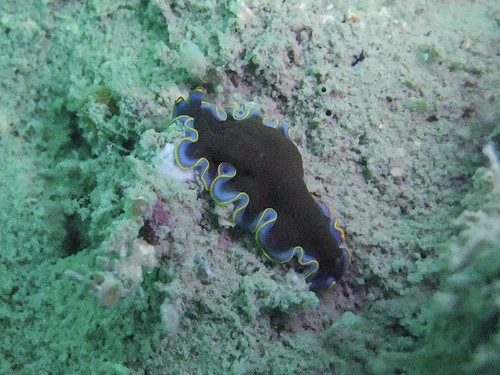

Our reefs are full of many simple but beautiful treasures, such as these flatworms 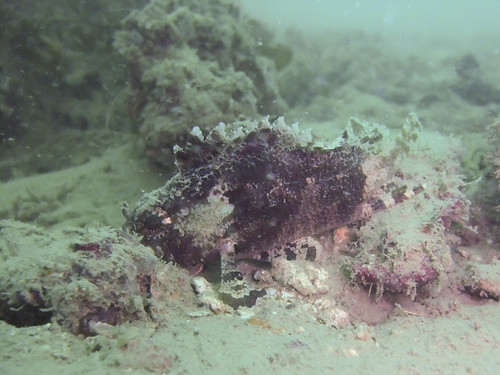
False scorpionfish Centrogenys vaigiensis is the only species in its genus and family, and can be found throughout the Indo-West Pacific. For a long time they were wrongly classified as true scorpionfish. This adaptation known as mimicry, protects the false scorpionfish from predators, which would not prey upon the very venomous true scorpionfish. They feed upon small fishes, shrimps, and crabs.
Hello there little sea perch! Grow up to be a formidable carnivore! We’ll do out best to keep the reef healthy so you have plenty of fish to feed on.
Pencil urchins or Thorny sea urchins (Prionocidaris sp.) are an indicator species for the health of a reef
A beautiful Mushroom coral polyp that has a lot of growing to do! It’s chock full of brightly-coloured zooxanthellae! When it gets bigger, it will break off its stem and become a free-living coral on the reef.
Some ascidians, like the shrimp mentioned above, have cells that don’t scatter light, allowing them to appear transparent. To see more photos from this dive, visit the Hantu Blog Gallery!
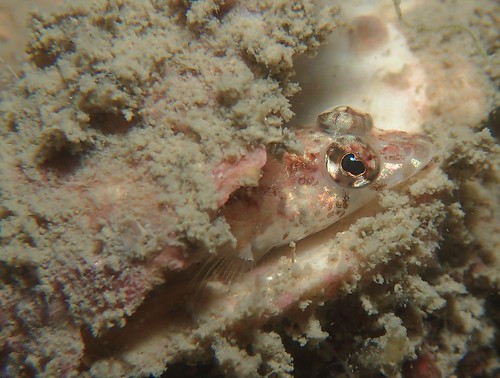
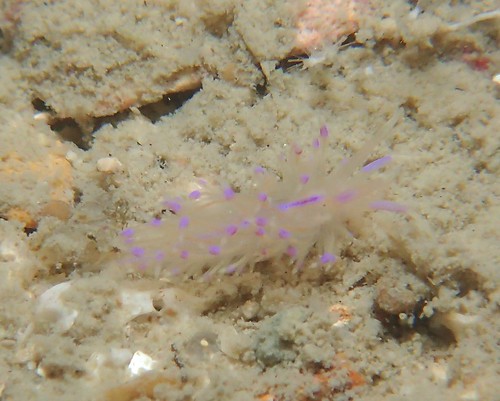

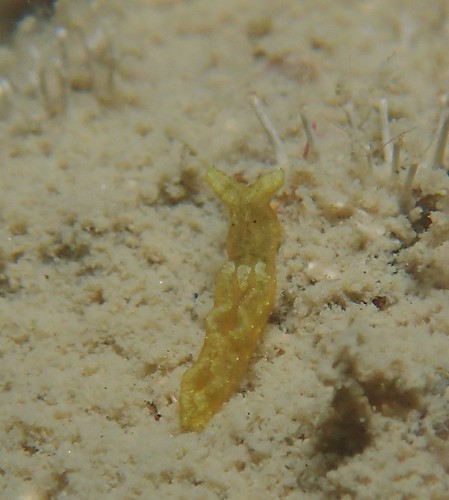

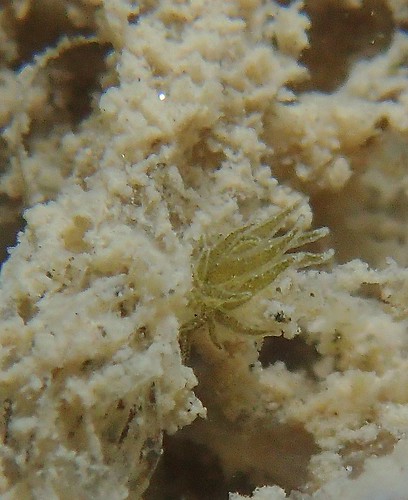

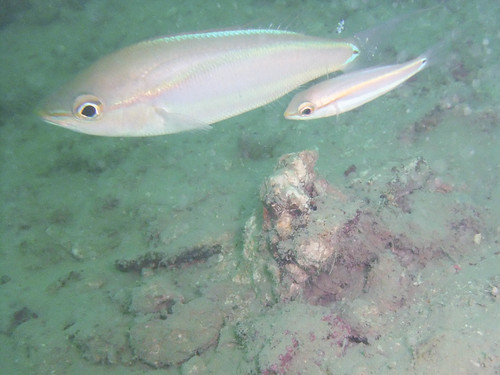
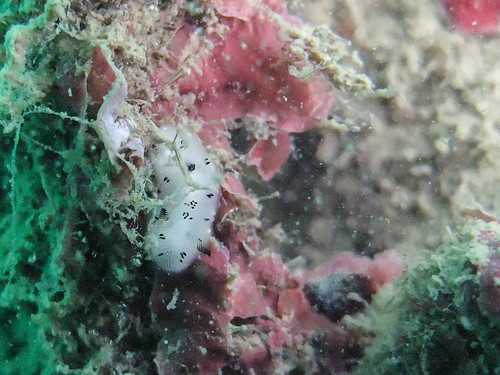
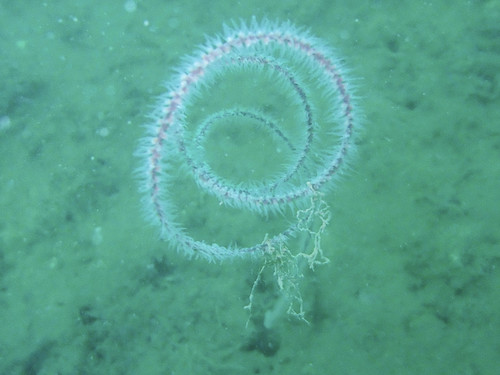



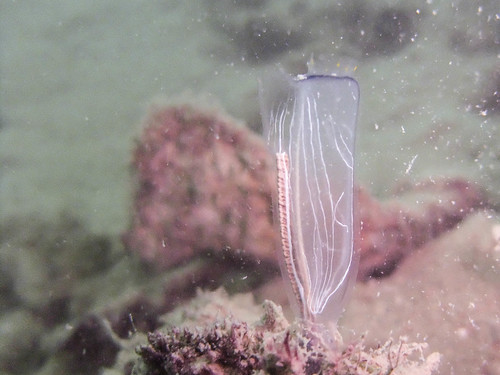
 Posted in
Posted in 



 content rss
content rss
COMMENTS